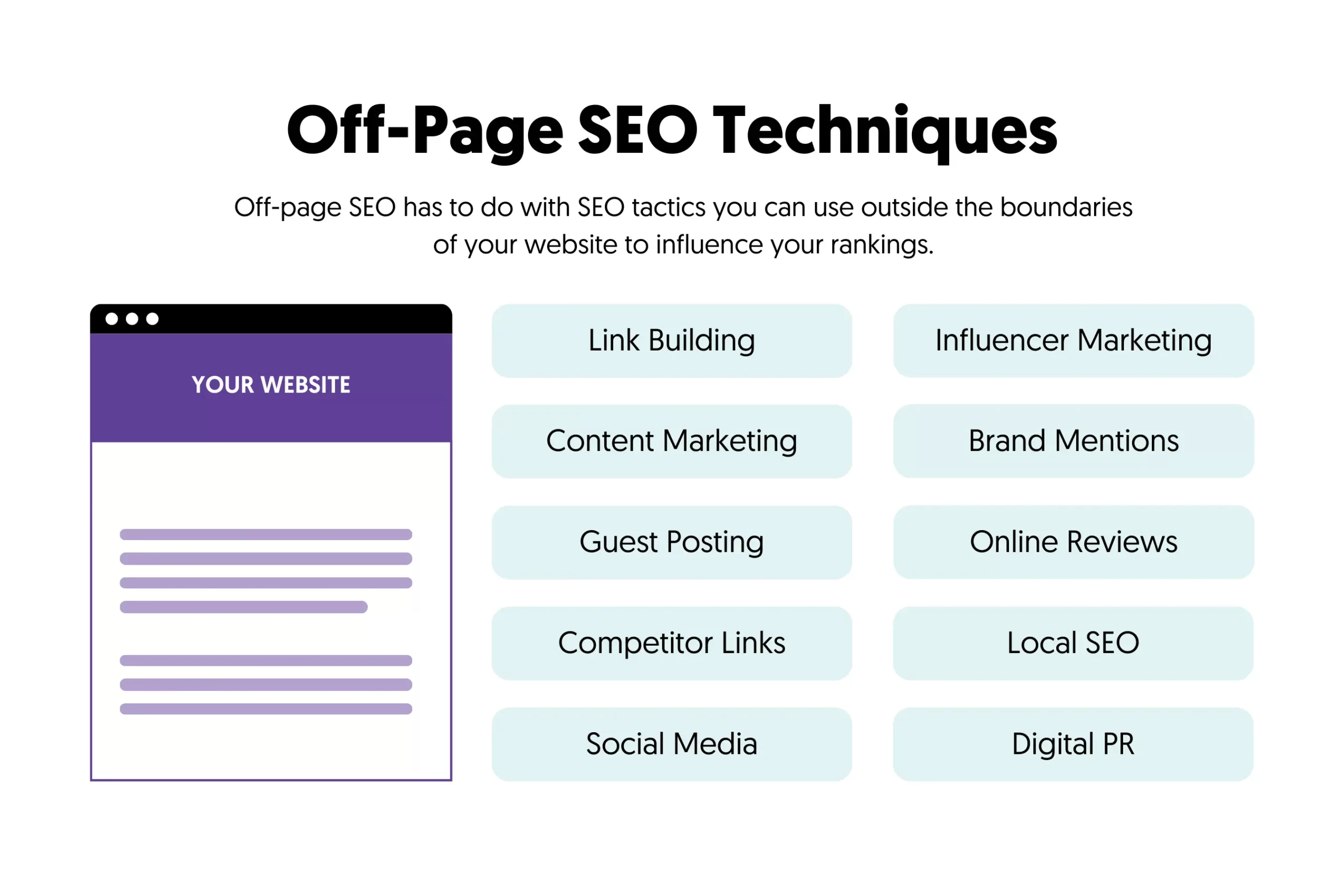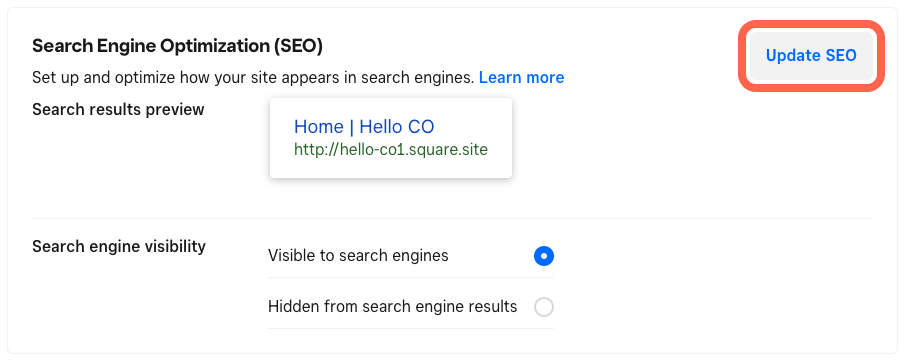Understanding What Is Not Considered a Default Medium in Google Analytics: Insights
Understanding What Is Not Considered a Default Medium in Google Analytics: Insights
Blog Article
Unveiling the Unconventional Mediums in Google Analytics Beyond Default Settings
In the realm of electronic analytics, Google Analytics stands as a foundation for businesses looking for to recognize their online existence. By venturing past the surface and diving right into the ins and outs of social media data, email project efficiency, recommendation traffic resources, straight traffic patterns, and customized network groups, a treasure trove of information awaits those eager to embrace a more nuanced approach.

Leveraging Social Network Insights
Periodically neglected, yet exceptionally important, is the method of leveraging social media understandings within the world of Google Analytics. By integrating information from platforms like Facebook, Twitter, Instagram, and LinkedIn into Google Analytics, services can obtain a much deeper understanding of their target market and the effectiveness of their social media sites campaigns.
With this integration, marketing professionals can track and examine customer behavior on their site that stems from social networks systems. They can determine which social media networks are driving the most traffic, which content is reverberating with the audience, and which projects are transforming the most leads. This understanding permits data-driven decisions to enhance social networks strategies and enhance total marketing efficiency.
In addition, by combining social media sites insights with Google Analytics, organizations can produce much more targeted and personalized projects - what is not considered a default medium in google analytics. They can use demographic details, rate of interests, and online behaviors gathered from social media sites to improve their target market segmentation and deliver customized messages that reverberate with certain customer groups. This targeted method can cause higher involvement, boosted conversions, and eventually, boosted roi
Discovering Email Project Performance
Uncovering Email Campaign Efficiency entails evaluating vital metrics and performance indications to review the performance of e-mail advertising initiatives. When delving right into e-mail campaign efficiency, it is critical to evaluate metrics such as open prices, click-through rates, conversion prices, and unsubscribe rates. Open up rates indicate the percentage of recipients that opened up the e-mail, giving understanding into the performance of subject lines and sender names. Click-through rates measure the percent of receivers who clicked on web links within the e-mail, revealing interaction degrees. Conversion rates track the percent of receivers that finished a preferred activity after clicking a web link in the e-mail, such as making a purchase or authorizing up for an e-newsletter. Finally, unsubscribe prices highlight the number of recipients that pulled out of receiving further emails, clarifying email material high quality and significance. By assessing these metrics, marketing professionals can fine-tune their e-mail advocate better interaction and performance.
Studying Referral Website Traffic Resources
After assessing the performance of e-mail projects with vital metrics such as open prices and conversion rates, the following vital step is analyzing reference website traffic resources in Google Analytics to understand where internet site site visitors are originating from and how they communicate with the website. Referral traffic sources refer to the websites that direct customers to your site through clickable web links. By diving into this information, companies can gain understandings right into which outside platforms are driving web traffic to their website, whether it be social media platforms, companion sites, or on the internet directory sites.
It aids businesses recognize high-performing recommendation resources that contribute substantially to web site web traffic and conversions. Google Analytics offers detailed records on referral web traffic, allowing companies to track the efficiency of each reference resource properly and make data-driven choices to enhance their on the internet presence.
Discovering Direct Web Traffic Patterns
Discovering the straight traffic patterns in Google Analytics gives valuable insights into customer habits and the performance of projects - what is not considered a default medium in google analytics. Straight traffic refers to visitors who land on an internet site by directly keying the URL right into their internet browser, making use of book markings, or clicking on untagged links. Comprehending straight website traffic patterns can aid marketers evaluate the impact of offline advertising initiatives, brand name recognition, and the effectiveness of word-of-mouth references
By delving right into direct website traffic information, organizations can reveal essential details regarding customer intent and brand loyalty. Analyzing the actions of straight visitors, such as the pages they see, the time invested on site, have a peek here and the conversion price, can supply a deeper understanding of individual engagement and the overall performance of the internet site in transforming site visitors into consumers.
Moreover, tracking direct traffic patterns over time permits companies to determine fads, seasonality results, and the success of specific projects or promos in driving direct gos to. This information can after that be used to refine advertising methods, maximize internet site content, and improve the total individual experience to make best use of conversions.
Utilizing Custom Channel Groupings
Utilizing custom-made channel collections in Google Analytics allows businesses to classify and evaluate their website web traffic based upon details standards, offering useful understandings for enhancing advertising methods. Custom channel see here now groups make it possible for companies to create their own customized groupings of traffic resources, such as social media, natural search, email campaigns, and reference website traffic. By specifying these collections, services can gain a much deeper understanding of just how different advertising and marketing networks contribute to their web site traffic and conversions.
This function is specifically helpful for companies with varied marketing methods across different systems. For example, a company running both paid and natural social media projects can set apart in between the 2 to analyze their individual efficiency accurately. Additionally, custom channel collections can help recognize any overlooked or ignored website traffic resources that might be driving useful involvement.
Final Thought

By venturing beyond the surface area and delving right into the intricacies of social media data, email project performance, recommendation traffic resources, direct traffic patterns, and custom channel groupings, a prize chest of info awaits those prepared to accept a more nuanced method. They can Get More Info recognize which social media networks are driving the most traffic, which web content is reverberating with the target market, and which campaigns are transforming the most leads.After reviewing the efficiency of email projects with vital metrics such as open prices and conversion prices, the following crucial action is assessing reference traffic sources in Google Analytics to comprehend where internet site visitors are coming from and just how they communicate with the website. Custom-made network groupings allow firms to create their very own customized groups of website traffic resources, such as social media, organic search, email projects, and recommendation traffic. By leveraging social media insights, uncovering email project efficiency, evaluating recommendation website traffic sources, exploring direct web traffic patterns, and making use of customized network groups, online marketers can get valuable understandings into their online visibility.
Report this page